Designing Accessible Homes: Spaces Everyone Can Enjoy
An accessible home goes beyond compliance; it ensures comfort, functionality, and inclusivity for all, regardless of age or ability.
Whether you have young children, elderly family members, or individuals with mobility challenges in your household, smart design choices can make daily life easier and safer.
At Chengyi Interior Design, we believe accessibility and aesthetics go hand in hand. Let’s explore key elements of an inclusive home and practical tips to make any space more adaptable
Accessibility for All: A Smart Choice for Every Home
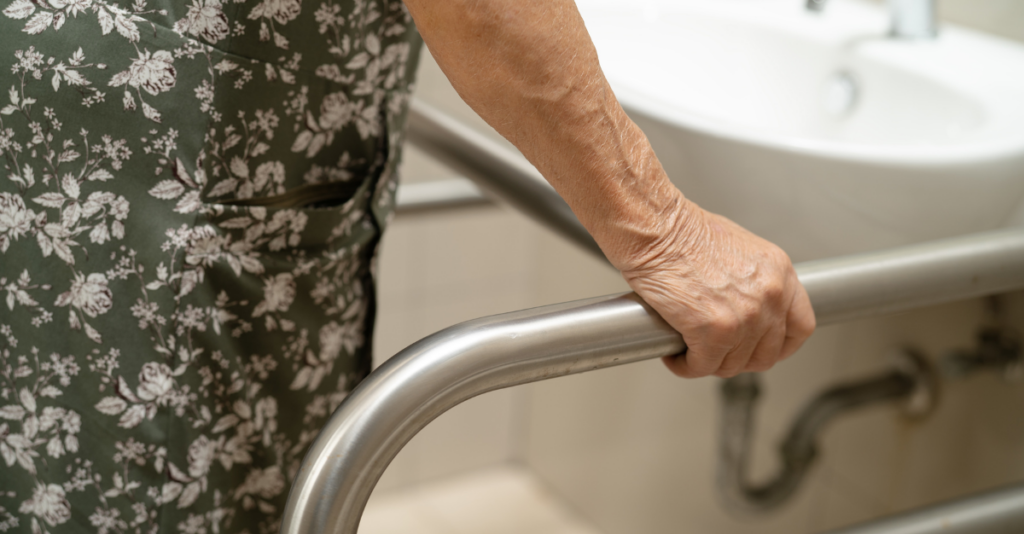
Accessibility benefits everyone, not just individuals with disabilities. A step-free entrance helps parents with strollers, while improved lighting reduces fall risks for seniors. Thoughtful design can simplify daily routines, enhance independence, and even boost property value. With more homebuyers considering long-term functionality, accessible homes are becoming a smart investment.
Must-Have Features for an Accessible Home
Make Entrances Easy to Access
A home’s accessibility starts at the entrance. A step-free entry allows easy access for wheelchairs, strollers, and individuals with mobility challenges. Inside, doors should be at least 36 inches wide for smooth movement between rooms.
Tip: If a home already has steps, consider adding threshold ramps for an easy transition. Smart locks and automatic doors also make entering and exiting more convenient.
Create Open, Navigable Spaces
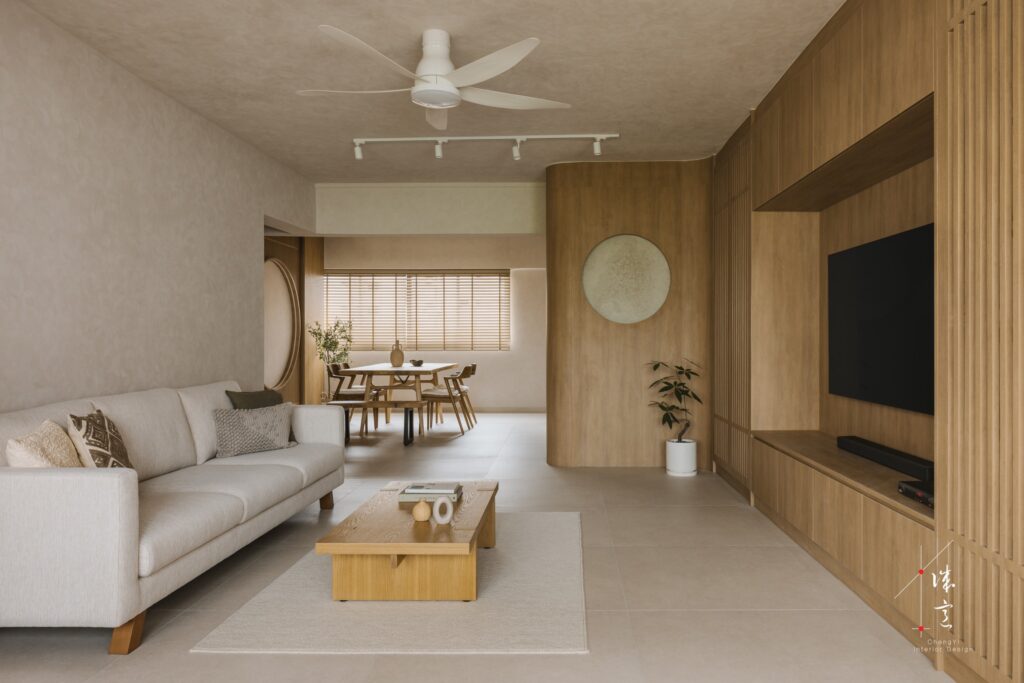
A clutter-free, open-concept layout makes a home easier to navigate. Wide hallways and spacious common areas reduce obstacles, while flexible furniture arrangements allow for customization as needs change over time.
Tip: Maintain at least 42 inches of clearance in hallways and main pathways to ensure smooth mobility.
Design Functional Kitchens and Bathrooms
Kitchens:
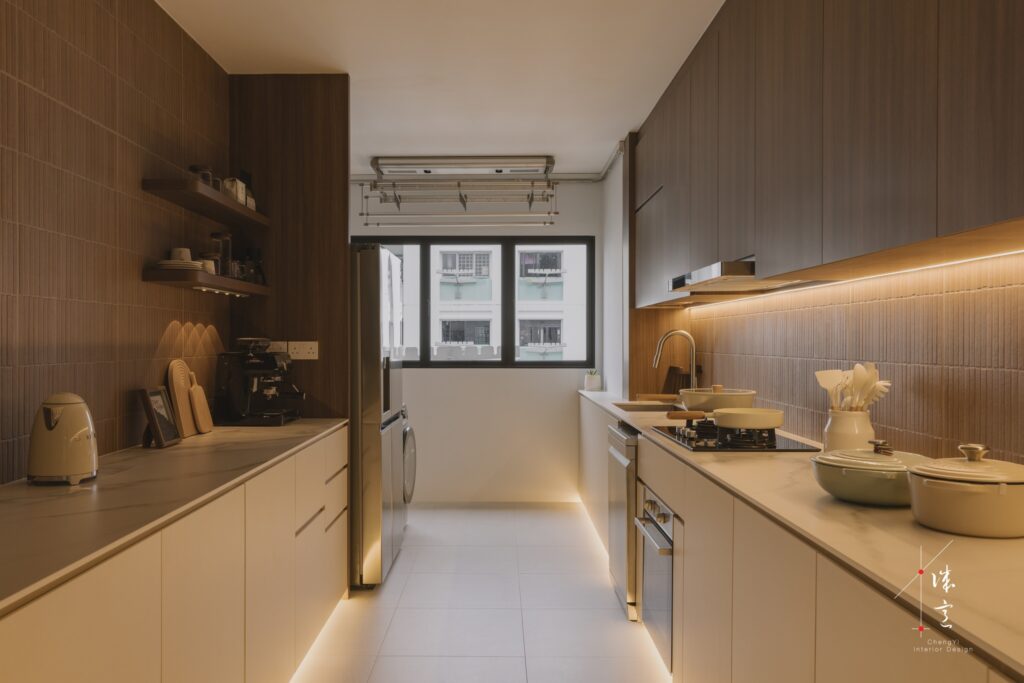
- Lowered countertops and pull-out shelves improve accessibility.
- Lever-style faucets and touchless appliances ease usability.
- Side-opening ovens enhance safety for those with limited dexterity.
Bathrooms:
- Walk-in showers and grab bars improve stability.
- Non-slip flooring reduces fall risks.
- Fold-down shower seats and smart toilets add extra convenience.
Tip: Install motion-sensor faucets and lighting in both kitchens and bathrooms for easier use.
Integrate Smart Technology for Seamless Living
Voice-activated lighting, automated doors, and adjustable-height countertops bring a new level of accessibility to homes. Features like video doorbells, app-controlled thermostats, and automated blinds improve independence and comfort.
Tip: Use voice assistants like Amazon Alexa or Google Home to control home functions effortlessly.
Choose Safe Flooring Options
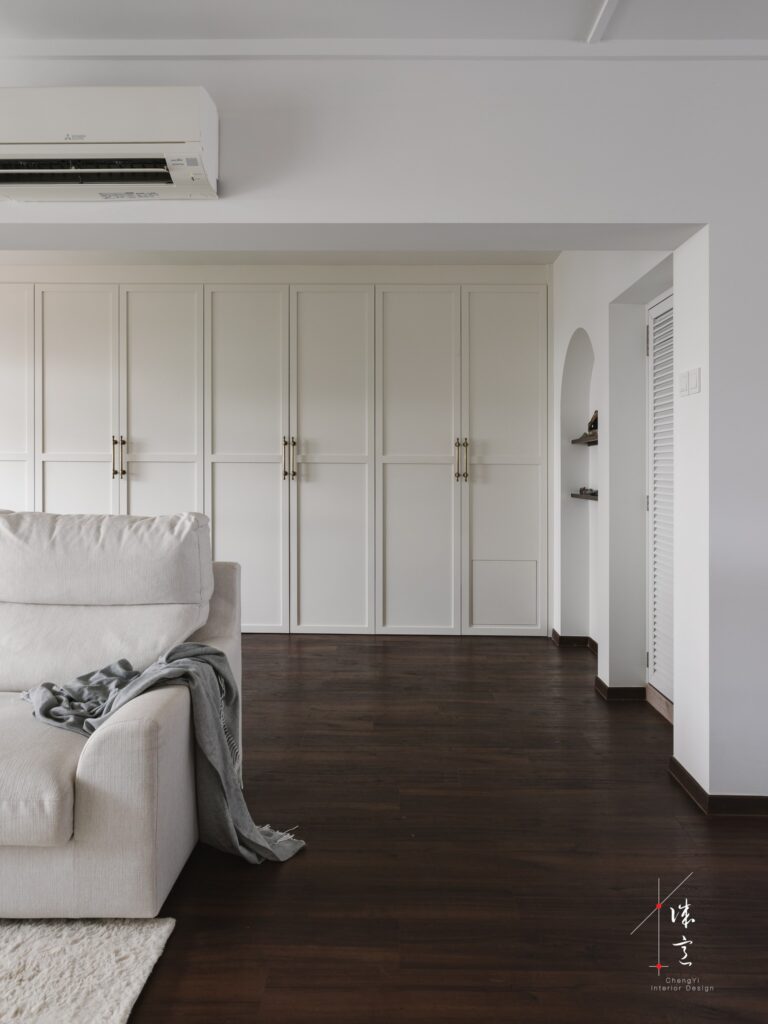
The right flooring can prevent slips and falls. Choose slip-resistant options like textured tiles or low-pile carpets, and avoid high thresholds that create tripping hazards.
Tip: Use contrasting colors between floors and walls to help individuals with visual impairments navigate safely.
Brighten Spaces with Layered Lighting
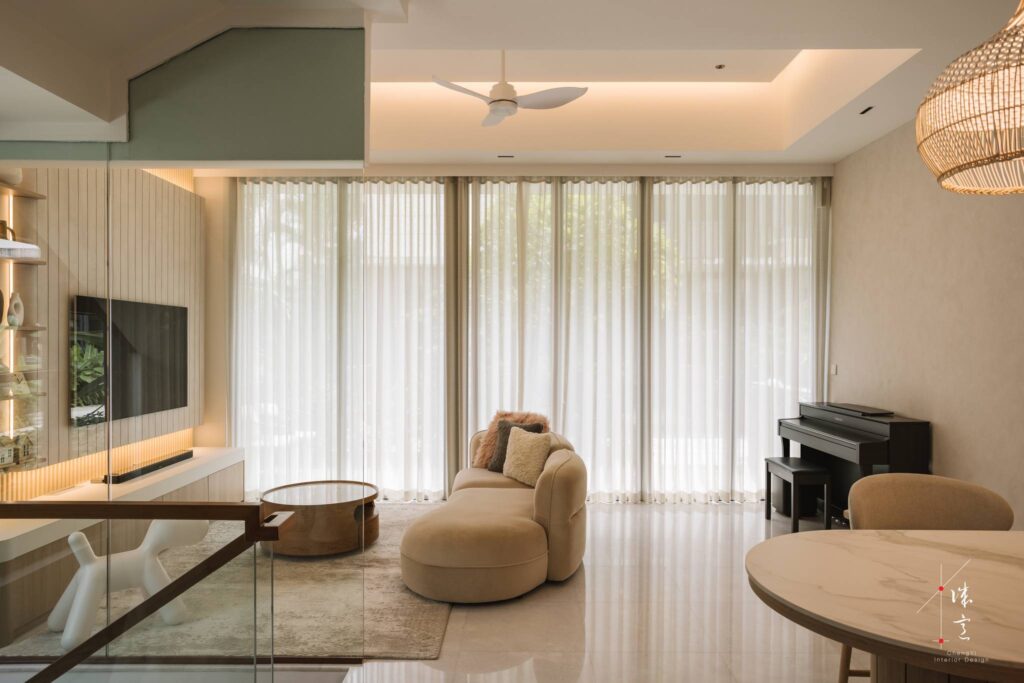
Bright, well-distributed lighting reduces fall risks and improves visibility. Task lighting in work areas, motion-sensor lights in hallways, and high-contrast color schemes make spaces easier to navigate.
Tip: Install under-cabinet lighting in kitchens and nightlights in hallways for extra safety at night.
Use Adaptive and Ergonomic Furniture
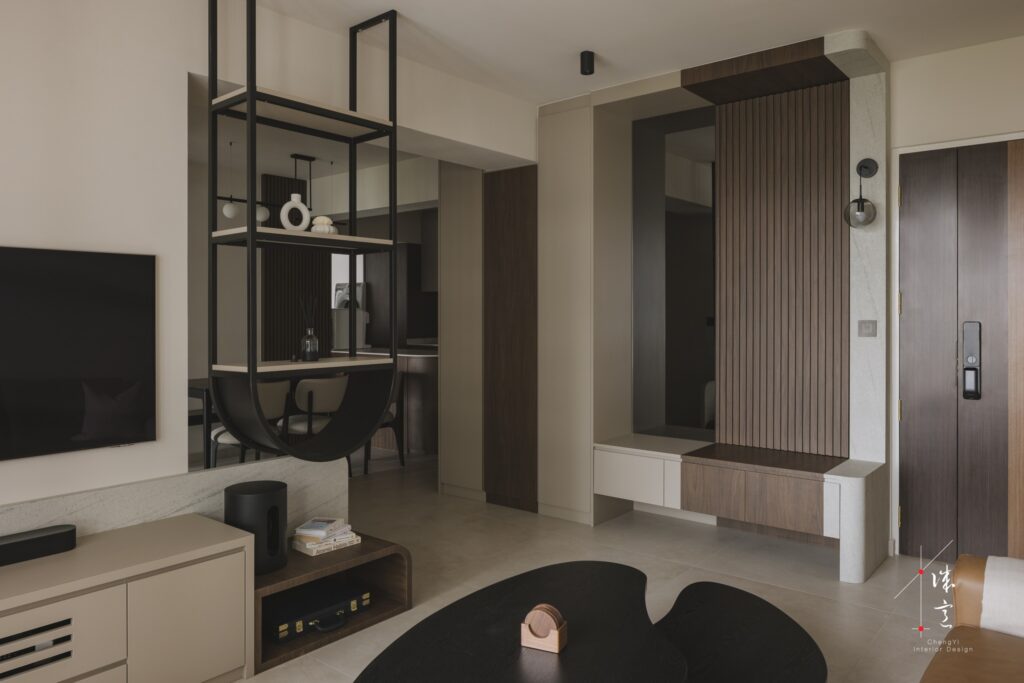
Adjustable-height tables and workspaces cater to various users. Rounded furniture edges reduce injury risks, while lightweight, movable pieces allow for easy reconfiguration.
Tip: Opt for ergonomic furniture that promotes good posture and reduces strain.
How Chengyi Interior Design Can Help
At Chengyi Interior Design, we specialize in creating beautiful, functional homes that cater to every lifestyle. Whether you’re renovating an existing space or building from scratch, we offer expert guidance on incorporating accessible features that blend seamlessly with modern aesthetics. Our team takes a personalized approach, ensuring your home is not only practical but also stylish and inviting.
Transform Your Home with Accessible Design
Ready to transform your home into a space that’s both stylish and accessible? Connect with Chengyi Interior Design today and explore how we can bring your vision to life.
For more inspiration and expert design solutions, visit Chengyi Interior Design or explore our latest projects on Facebook.
